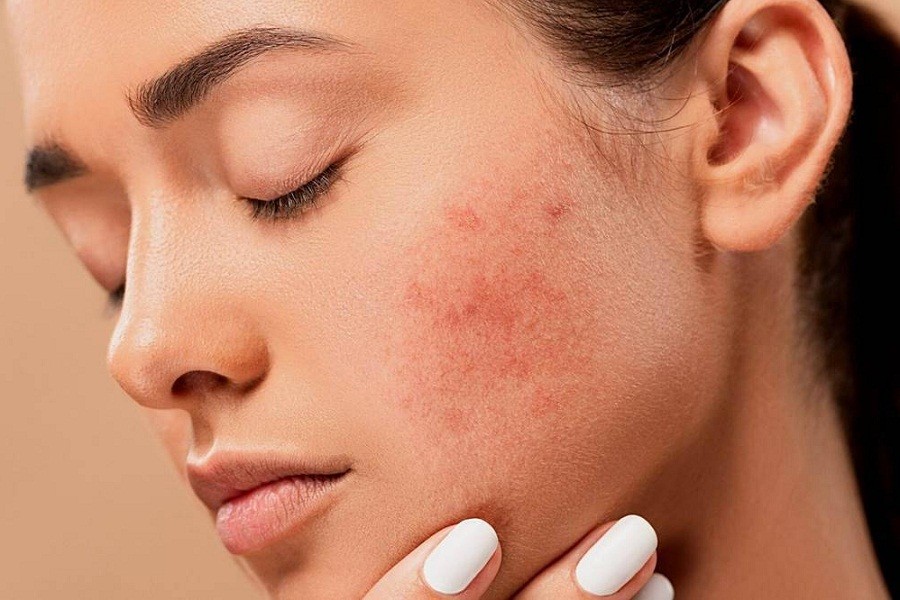Your skin pores contain oil glands. When you reach puberty, your body produces more sex hormones known as androgens.
Excess hormones cause your oil glands to become overactive, expand, and generate excessive amounts of oil or sebum. When there is an excess of sebum, the pores and hair follicles become clogged with skin cells. In addition, the rise in oil causes an overgrowth of bacteria known as Cutie Bacterium Acnes.
According to Dr Debeshi, Clinical Cosmetic & Aesthetic Expert and Founder of Lueur Aesthetics, "When bacteria develop in a blocked pore, a pustule forms, causing the pimple to turn red and irritated. Cysts grow when blockages and inflammation deep within pores result in big, painful lumps beneath the skin's surface."
Types of teenage acne?
1. Whiteheads are white spots caused by clogged pores and skin layers.
2. Blackheads are black lumps caused by clogged pores in which material pushes out through the follicles. "Dirt does not cause the black colour. Instead, germs, dead skin cells, or anything else that reacts with oxygen could be to blame," said Dr Debeshi.
3. Papules, pustules, or nodules are some severe lesions that appear red and swollen due to inflammation or infection of the tissue around the clogged follicles and are sometimes painful and hard to the touch.
4. Cysts are large, pus-filled lesions.
Breakout maintenance
"It is essential to follow a skincare routine best suited for your skin type. Make sure your face is non-greasy and produces less oil. Use a foaming Cleanser twice daily. Apply more Gel based products instead of oil or cream-based ones. Don't skip washing your face as part of your morning and evening skincare routine if your skin is prone to breakouts," Dr Debeshi said.
Get rid of the acne bump
Never pop it since it will leave scars. Instead, use tropical products such as salicylic acid and benzoyl peroxide ointment.
Picking or popping a zit exposes the pore to additional bacteria, including bacteria from your fingertips. It also raises the possibility of infection or scarring.
She suggested consulting a dermatologist if you have painful acne. They can undertake specific procedures to remove the pimple while reducing the likelihood of infection properly.
Vanish acne pigmentation
If you have acne-related discolouration, you are not alone. Consult your dermatologist about over-the-counter (OTC) and prescription treatment alternatives.
"Use tropical products like azelaic acid, alpha arbutin, kojic acid, and even niacinamide is an excellent ingredient to treat acne spots," suggested the doctor.
Preventing excess acne on the facial area
The most common areas of the body where acne appears on the skin are the face, forehead, chest, shoulders, and upper back. Genetics, fluctuating hormone levels, stress, high humidity, and the use of greasy or oily personal care products are a few factors.
"Teenagers are frequently affected, although it can happen to anyone. Therefore, a holistic plan is essential. Avoid dairy, sugar, and whey protein, and begin eating a more anti-inflammatory and antioxidant-rich diet," remarked Dr Debeshi.
Although it takes time, it is possible to heal the skin. The amount and appearance of your acne should immediately start to improve when you employ holistic regimens.
"A long-term objective for prevention cannot be achieved with skin care and products because whatever goes inside shows outside. Therefore, a holistic approach is crucial," she suggested.
mahia.afrin2021@gmail.com


